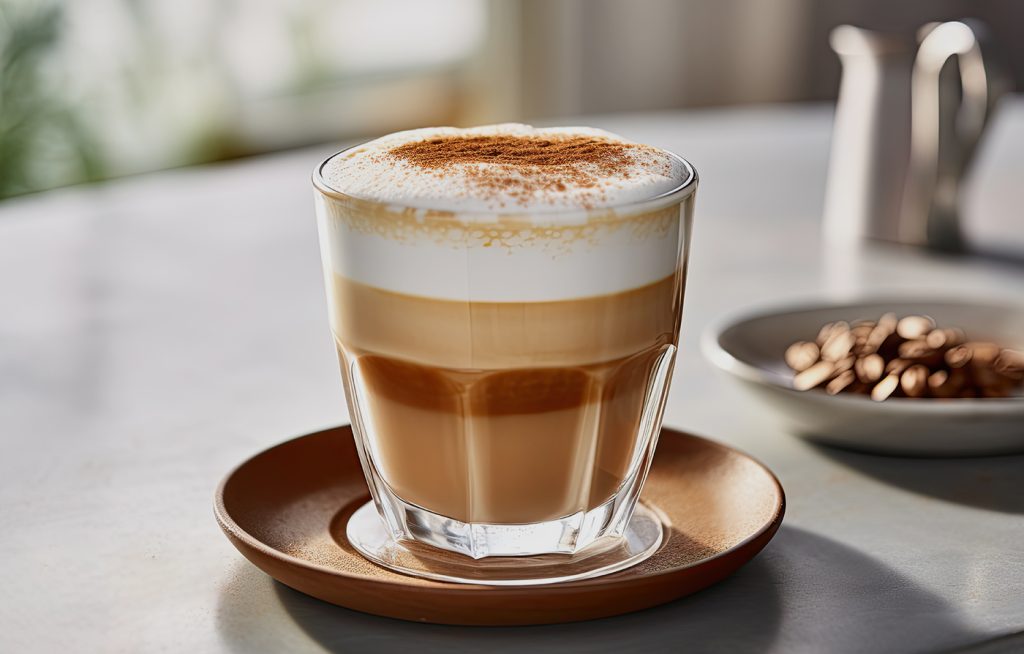
While some of us thrive on caffeine, others are more sensitive to its effects. If you love coffee but want to cut back on stimulants, decaf offers the perfect solution. When prepared properly, decaffeinated coffee can taste nearly as rich and complex as the real thing. Read on for a guide to varieties, methods of decaffeination, and tips for optimizing flavor.
There are many reasons people choose decaffeinated coffee. Those with anxiety, heart conditions, or pregnancy/breastfeeding considerations often eliminate or reduce caffeine. Others simply want to drink coffee later in the day without disrupting sleep
The good news is that quality decaf offers plenty of taste
when you need your fix minus the buzz.
Traditionally, there are four main methods used to remove caffeine from green coffee beans before roasting. These include chemical solvents, water, carbon dioxide gas, or highly pressurized liquid carbon dioxide. Each process has pros and cons regarding environmental impact, health safety, and preservation of original bean flavor.
Of the common techniques, CO2 decaffeination is considered the best for maintaining bean integrity throughout caffeine removal. Beans are soaked in liquid CO2, where caffeine extracts out while leaving more subtle flavor elements behind. No solvent residues result, making this method safe and sustainable.


For those who prefer a chemical-free approach
Swiss Water Process decaffeination uses only water and charcoal filters. Beans soak in hot water, which gets absorbed and discarded along with dissolved caffeine. The process repeats several times until 99% caffeine-free.
When shopping for decaf coffee, checking the decaffeination method can help you choose quality. But it’s also important to select high grade coffee varieties just as you would regular beans. Arabica beans are far superior in taste compared to Robusta whether caffeinated or not.
Opt for whole bean decaf coffee whenever possible and grind it fresh right before brewing. Choose a grind size appropriate for your preferred preparation method – drip machine, pour over, French press etc. Fresh grinding helps preserve decaf’s aromatic oils.
Brew decaf coffee right after grinding using filtered water of 195°F-205°F. The hotter temperature helps extract more flavor from the beans. But take care not to scorch the coffee, which can happen more easily without caffeine present.
Because decaf beans lose some physical integrity during processing, use a coffee to water ratio on the high end or slightly above standard brewing recommendations. This extracts more soluble material for fuller bodied coffee instead of weak tea.
While decaf drinkers must compromise some degree of original flavor, many high end roasts come remarkably close to the real thing. Seek out specialty coffee shops for single origin options lovingly grown and decaffeinated for peak taste. With care in brewing, you can enjoy reduced caffeine coffee without sacrifice.
The range of decaf options means coffee lovers can enjoy their favorite morning ritual any time of day without sleep disruption or other caffeine-related issues. By understanding processing methods and using optimal brewing techniques, decaf drinkers can minimize flavor tradeoffs.
